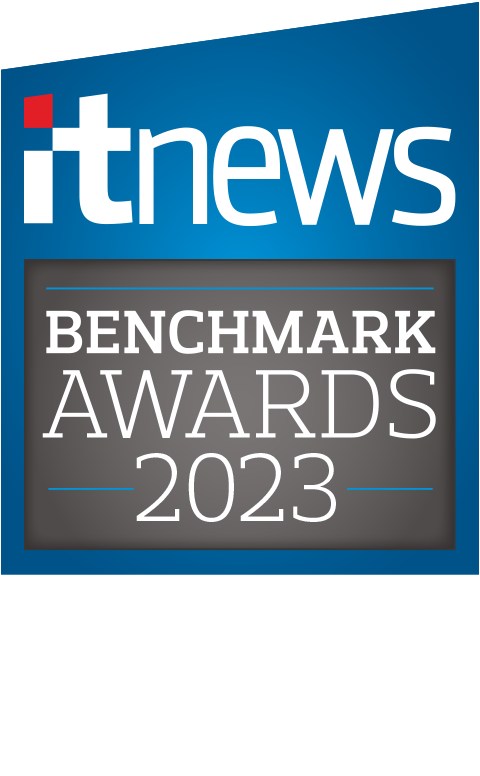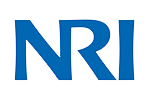Imagine this scenario: it’s a hot summer and an unusually large number of bushfires have just started in remote locations. Despite the location of the fires, emergency teams are quickly alerted to them by a system processing data from sensing systems, including ground sensors, drones and satellites, and from myriad other sources, including firefighting teams in the field, weather systems and a central database of fire trail conditions. The system continually processes this data to help firefighters throughout the state detect, predict and respond to the evolving threats.
In 2020, the NSW Bushfire Inquiry recommended more extensive use of remote sensing equipment to deal with bushfires. This and spatial data could be combined with other information to inform the response to bushfires. The report also recommended exploration of a shared data gateway and common analytics systems.
That has been one of many calls for more joined-up approaches to using data in Australian governments and industries. Large-scale, integrated digital and data systems could help organisations tackle everything from natural disasters and public health crises to the management of construction equipment, they are told.
Australian organisations and industries are generally not yet geared for this, according to Frank Zeichner, CEO of IOT Alliance Australia (IoTAA), the peak Internet of Things (IoT) industry body in Australia.
“My view is we're in the Stone Age [when it comes to real-time data use],” Zeichner argues. “Organisations have built out their business models and everything else around the data they collect – such as data about their customers or how they pay. Now, all of a sudden, there is this world of real-time data. They are trying to grapple with that.
“Some people are grappling with it. They're working out how to collect data for themselves. We still have problems about the how good that data is and how valid it is and how costly it is to collect. But at least they're thinking about it,” Zeichner says.
Connecting digital and data
As a Partner at Digital Delta, KPMG Australia’s digital transformation practice, and as its National Leader for the Internet of Things, Piers Hogarth-Scott has had a front row seat to real-time data initiatives, including in Australia’s agrifood sector.
The Australian agrifood sector has often been referred to as the least digitised sector. Connectivity in regional areas has been challenging, with investments in connectivity infrastructure traditionally following people rather than crops and cows, Hogarth-Scott says.
IoT is a “game-changer”, Hogarth-Scott says. “Today, primary producers across the nation have available to them a number of connectivity solutions designed to unlock on-farm data, including for example, LoRaWAN, Sigfox, Narrowband IoT, LTE-M and satellite IoT communications networks.
“Combine this connectivity with agtech solutions including sensors, apps and analytics platforms, and we’re witnessing the enablement of rapid digital transformation of the agrifood sector.”
Hogarth-Scott sees a “long way to go” in increasing awareness of these issues. “It’s one thing producing data but another to understand how you will use the data at scale – that’s what industries and organisations are coming to grips with,” he says.
He encourages organisations to look at their IT capabilities. “There’s little point in creating data unless you're set up to generate insights from it,” he points out.
Machine-generated data from sensors and IoT is important, Hogarth-Scott says. "Larger organisations with complex operations, multiple functions, teams and physical presences will have a requirement for real time data, or insights to improve operational decisions relating to people, livestock, commodities or physical assets. So they’ll need physical monitoring via sensors or mobile data,” he comments.
Data from those sensors should flow into analytics pipelines, which provide a “360-degree view” of historic, current and predictive data. Then AI and machine learning makes sense of it. The outputs are published via digital applications designed to meet modern expectations about digital user experience and interfaces.
There is plenty of room to get this wrong. Poorly planned and irresponsibly used artificial intelligence systems can backfire. Data initiatives also create privacy and cyber security risks. And the market for IoT and artificial intelligence solutions is evolving.
But these issues don’t dampen Hogarth-Scott’s enthusiasm. “Connecting the physical, biological and digital worlds together using those technologies will ultimately help organisations make much better, faster decisions, automate processes, reduce costs and enable the prediction of future events,” he predicts.
Getting help from others
On any day, Australian healthcare authorities can see availability of intensive care beds in public and private hospitals across the nation. This is a capability of the Critical Health Resource Information System, launched in response to COVID-19. It is one way governments have brought real-time, or near real-time, data together in response to the pandemic.
Of course, many businesses are not well-placed to embark on data collection initiatives on that scale.
“You can't possibly collect all the data you need and want, because that’s not cost effective enough,” Zeichner points out. “Others are collecting data anyway and they're putting their money into collecting it, so why would you do it again?”
“What you need is access to it. You need to know where it is, you need to know what it is, you need to know how good it is and how much it costs to get it. And you need to be able to get it and transact in a safe and secure way that also protect individuals.”
There is a “yawning gap” when it comes to this type of data sharing, according to Zeichner.
That is an opportunity for data aggregators. “They'll become the creators of a new set of business models for data,” Zeichner says.
Australian-developed data sharing frameworks will be important for protecting citizens, privacy and national sovereignty, in his view.
In the finance sector, regulation has made these issues more relevant than ever. Banks are now dealing with the data sharing implications of the Consumer Data Right (CDR).
In October 2020, Australian Banking Association policy director Emma Penzo told an industry forum she expected the CDR will result in a flourishing “data economy”.
Data sharing can also be important economically to other industries, in Zeichner’s view. “I think it's really important that we, as a country, get on top of this. That's what's going to unlock the digital economy.”














